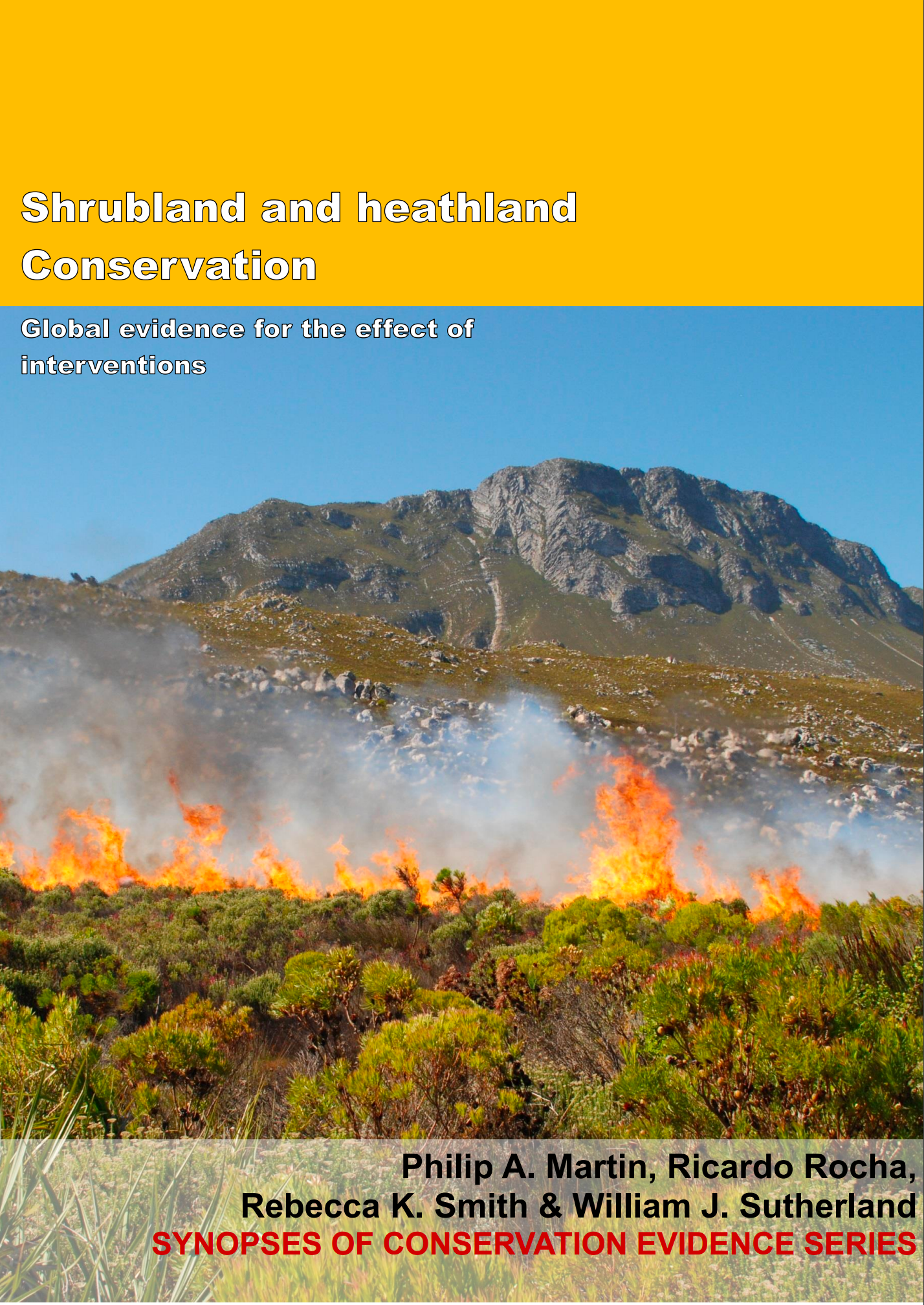Use grazing or alter livestock to control grass
-
Overall effectiveness category Unknown effectiveness (limited evidence)
-
Number of studies: 2
View assessment score
Hide assessment score
How is the evidence assessed?
-
Effectiveness
32% -
Certainty
17% -
Harms
10%
Study locations
Supporting evidence from individual studies
A replicated, controlled, before-and-after study in 1983-1993 in four heathland sites in the Netherlands (Bokdam & Gleichman 2000) found that grazing to reduce grass cover increased the cover of wavy hair-grass Deschampsia flexuosa and had mixed effects on the cover of common heather Calluna vulgaris, cross-leaved heath Erica tetralix, and purple-moor grass Molinia caerulea. Cover of wavy hair-grass was higher after grazing was introduced than prior to the introduction of grazing (after: 82–91%, before: 51–54%) and was also higher than in ungrazed (after: 23–61%, before: 76–77%). Cover of common heather increased in one of two sites after grazing (after: 22%, before: 0%), while in the other grazed site it was not significantly different when compared to cover prior to grazing (after: 0%, before: 0%). After the introduction of grazing neither cross leaved heath cover (after: 7%, before: 6%) nor purple-moor grass cover changed significantly (after: 37–87%, before: 33–73%). In 1983 the grazed areas were stocked at a density of 0.2 cows/ha and fences were constructed in parts of the sites to exclude livestock. In 1983–1993 a small number of trees were cleared from the sites. Point quadrats were used in each area to assess vegetation cover (number of quadrats not specified).
Study and other actions testedA before-and-after study in winter 2006/2007 in a heathland in Northern Spain (Aldezabal et al. 2013) found that increasing the number of ponies present at the site reduced grass height in most cases. After one month and in nine of fifteen areas, grass was shorter in areas that were grazed (9-21 cm) than in the same areas prior to grazing (13–38 cm). In October 2006 fences were constructed around the site. Five Basque pottoka ponies were released at the site in December 2006, giving a density of 6.3 ponies/ha. Vegetation height was measured using a ruler in 120 quadrats before and after grazing (dates unspecified).
Study and other actions tested
Where has this evidence come from?
List of journals searched by synopsis
All the journals searched for all synopses
This Action forms part of the Action Synopsis:
Shrubland and Heathland Conservation
Shrubland and Heathland Conservation - Published 2017
Shrubland and Heathland synopsis





)_2023.JPG)














